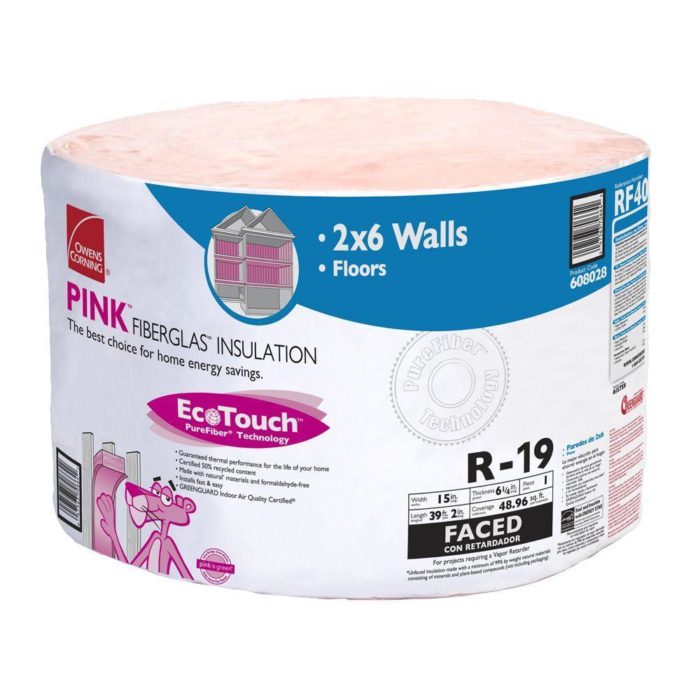
Image Credit: Owens Corning
I first heard about the problem of smelly fiberglass batts from Michael Maines, a builder and GBA blogger who lives in Portland, Maine. Maines sent me an e-mail saying, “The latest problem with fiberglass insulation is that it smells like burnt brownies!”
I’ve collected a half dozen reports of this problem, all centering on EcoTouch brand fiberglass batts manufactured by Owens Corning. Two years ago, the company switched from a formaldehyde-based glue (or binder) to a new glue described as a “bio-based” binder.
The batts smell like burnt cookies
Descriptions of the problematic odor vary. The odor has been compared to burnt cookies, burnt cotton candy, and burnt glue.
I interviewed two contractors who have had this problem. The first person I interviewed was an insulation contractor who was very forthcoming, but who prefers to remain anonymous. “It smells like something you burned in the oven,” my informant told me. “It’s a sugary smell — not a bad smell. The smell usually goes away if you air it out. But in this case, it just didn’t go away. They waited for the smell to go away before they put up the Sheetrock, but the smell never went away.”
At first, the contractor assumed that the smell came from another product. “It was a flash-and-batt job, and when I heard about the smell, I was worried that the problem was the spray foam,” he told me. “But it turns out that the spray foam didn’t smell. They were smelling the fiberglass. The Owens Corning rep came. He said, ‘We will pay to take it out and have it replaced.’ The owner didn’t want any more Owens Corning insulation, so after the smelly batts were removed, they put in Roxul. I know that this is not the first time it…
Weekly Newsletter
Get building science and energy efficiency advice, plus special offers, in your inbox.

This article is only available to GBA Prime Members
Sign up for a free trial and get instant access to this article as well as GBA’s complete library of premium articles and construction details.
Start Free TrialAlready a member? Log in





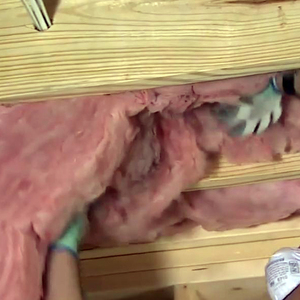
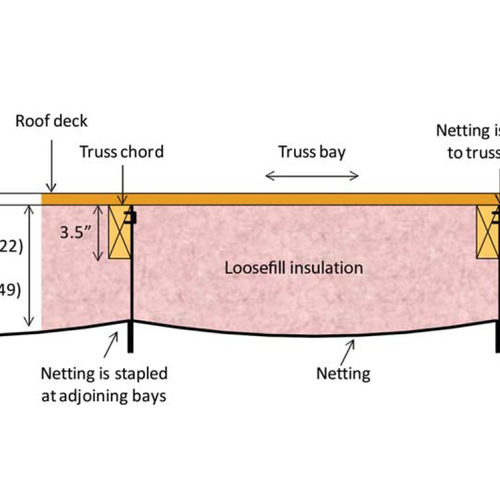
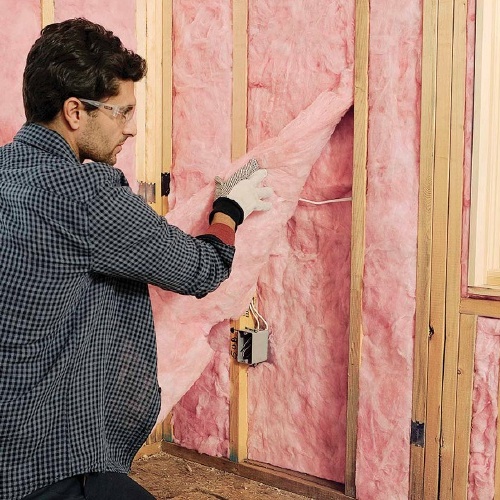
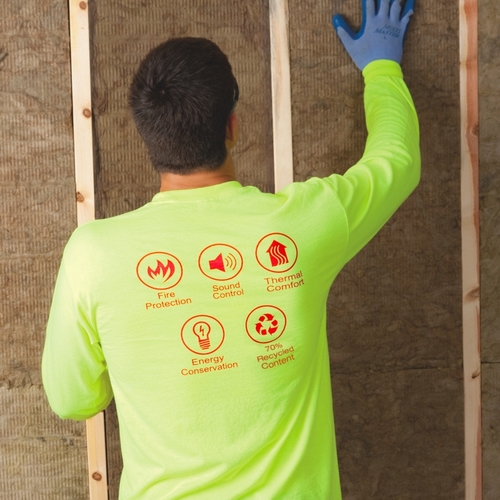






8 Comments
There are mineral based
There are mineral based binders used for the very same purpose.
No need for formaldehyde or "bio".
Keep in mind what is supposed to rot (organic material) will rot. Be it oil or resin.
Sugar in the walls?
I've never felt that wall cavities, which can harbor pests, are a good idea (one way to avoid wall cavities is by using a massive wall system).
Installing insulation that uses a binder based on a sweetener (e.g. for beer) into wall cavities amounts to building a bed & breakfast for roaches and other insects. Whatever the terminator, who will inevitably have to be called, sprays to get a handle on bug city will likely be no less harmful than the non "bio" based binder initially used.
Maybe it really is time to stop using fiberglass batts (as others have suggested because of the difficulty of installing them properly).
No complaints here
I recently installed quite a few EcoTouch batts in my home (meticulously and with a tightly air-sealed layer of XPS behind them) , and you're right--it did smell like burnt cotton candy! Luckily, the smell went away as soon as I covered it up with drywall. Let's hope the lingering smell others are seeing is an isolated problem that shows up less frequently as quality control is improved. I imagine it's in Owens Corning's best interest to make things right.
Homeowner testing materials in advance
"...I would recommend that you go to the local home improvement store that sells it and sit in their insulation isle for a while. If you don’t like the odor, or you get a headache, or your eyes start watering, don’t buy it.”
That's actually a great idea for spray foam as well if there was a place homeowners could go to be around large blocks of newly installed foam to test any allergic or other negative reactions to it before they have it installed in their house.
The pink stuff is pretty rare
The pink stuff is pretty rare in my area, but on each of the 4-5 jobs (large multi-family apartment buildings) in the past two years where I've seen Owens Corning fiberglass batts installed, it's smelled terrible...burnt coffee-flavored cotton candy sounds about right. I cringe each time I go into a building and see pink.
Smelly Batt
Smelly Batt, Smelly Batt what are they feeding you?
Smelly Batt, Smelly Batt it's not your fault.
owens-corning eco batts
I recently tried some OC r-19. When I rolled out the product to cut it, it lay there like r-11. I let some lay over night and in the morning it still looked like R-11. Then when I cut it, the asphalt like adhesive that bonds the kraft paper to the fiberglass stuck to my knife blade and the blade stopped cutting. It was always below 20 degrees F during this work and maybe that caused the problem but I had no problem with the Knauf insulation. I think the Knauf R-19 would actually fill a 2 x 8 cavity. I will not use Owens-Corning insulation.
googled to find this post
I am a regular reader here, but it was a google search that led me to this article. My search was "bagged fiberglass insulation basement smells." I have been trying to determine the source of the strange odor in my basement for several weeks. I had two bags of R19 ecotouch insulation sitting in my basement that I was planning to stuff up in my open joists. It was for acoustic purposes in my home theater area rather than for its insulation value.
It was only yesterday that I determined that the smell was coming from the fiberglass. It is a strange smell that I first thought was coming from the dehumidifier which was next to the batts. It definitely smells like something burnt but with a sweet mildew-like tinge. It is not subtle or easy to dismiss. But not headache inducing or anything like that, at least for me. I never noticed the smell when I first put it down in the basement about 10 months ago. It was only in the recent summer weather that the odor became noticeable. This calls into question the idea that it is merely a manufacturing issue that goes away in time.
Of course, the insulation was still sitting in the bags on the cement slab basement floor. But the relative humidity never gets above 55 with the dehumidifier and I don't think the temperature ever got above 80.
I've already used most of one bag of 3.5" r-11 Sound Attenuation Batts doubled-up in some of the joists. What I am doing is creating a full-ceiling "bass trap." The plan is to staple landscape fabric to the underside of the joists and then cover with some stretched black fabric. So it will only be enclosed in air-permeable fabric. That will either allow it plenty of opportunity to air out, or blanket me in the smell. I will leave up what I've used so far but the unopened bags are going back. If the smell persists it is not a huge job to take down what I have up so far.
Any word on smells from other formaldehyde-free brands of fiberglass? Roxul is an option but much more expensive.
Log in or become a member to post a comment.
Sign up Log in